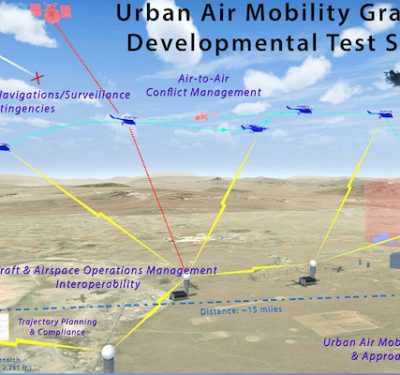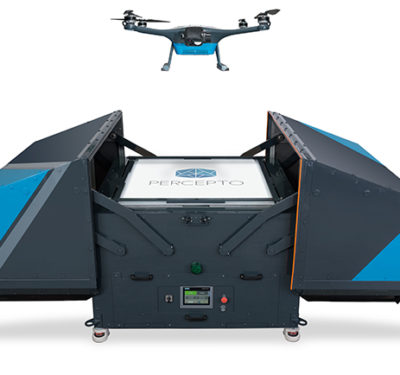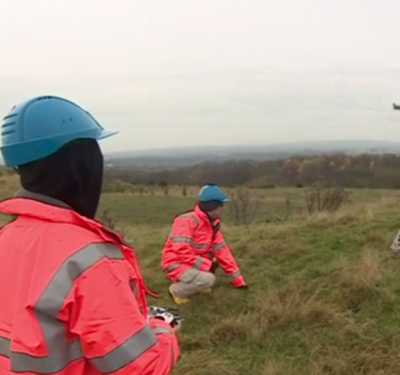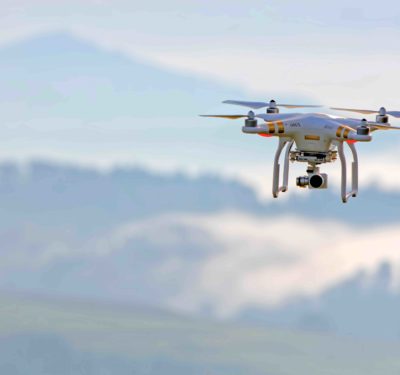Skydio has recently announced the launch of the Dock for the X10 drone, aimed at enhancing the capability of autonomous drones for industries requiring frequent and precise data collection. This system is designed to address the growing need for scalable and efficient remote operations across various sectors, from infrastructure inspection to public safety.
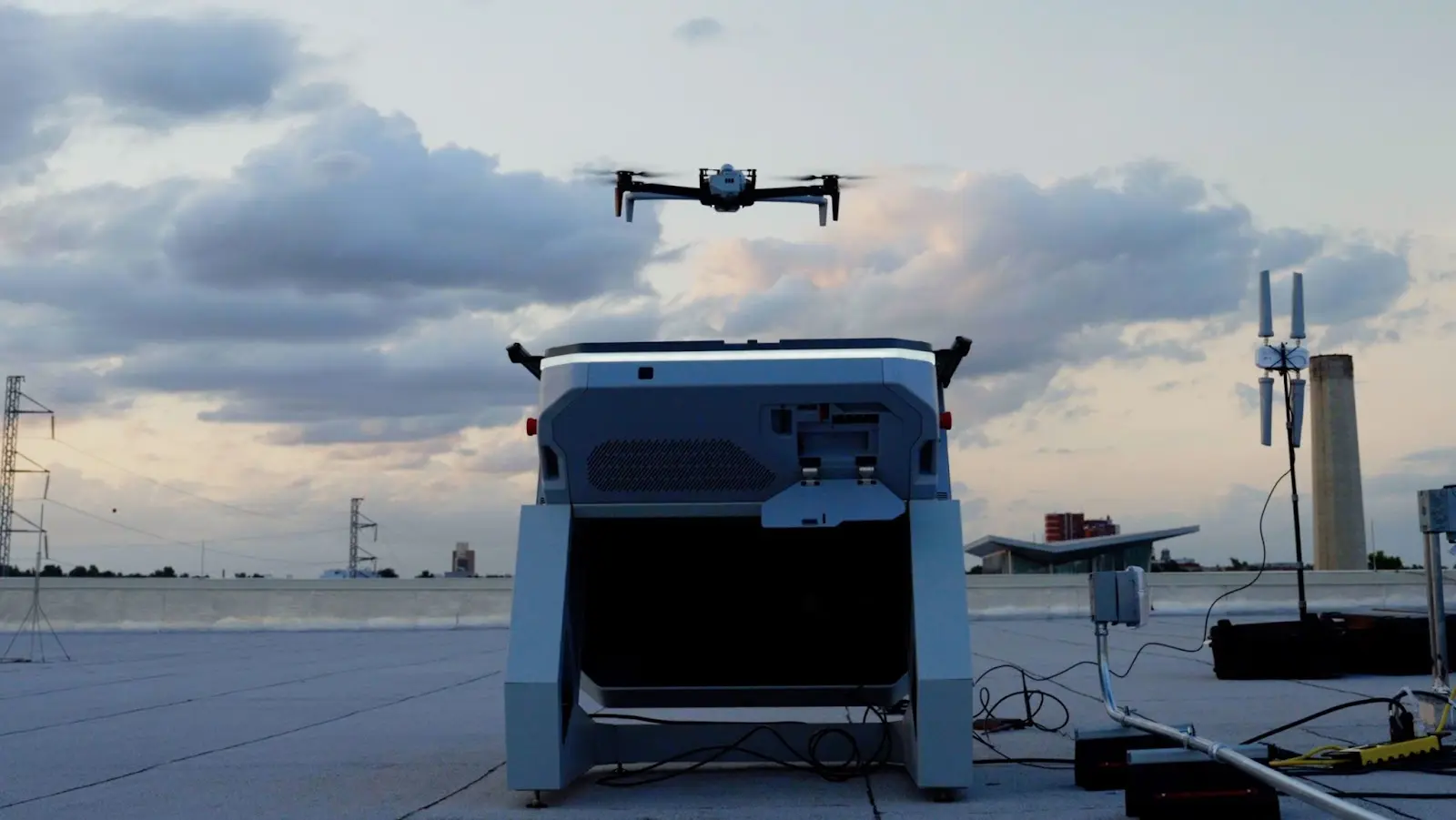
The Skydio Dock is a compact and lightweight base station that enables Skydio drones to operate autonomously, without the need for human oversight on-site. This capability opens the door for industries such as energy, construction, and defense to automate routine inspections, surveys, and monitoring tasks. By using the Skydio Dock, drones can be deployed remotely and automatically return to the base once their mission is completed. The Dock supports continuous operations by recharging the drone and preparing it for the next flight.
One of the key features of the Dock is its ability to integrate with Skydio’s AI-driven software, allowing for greater flexibility in managing flights and gathering data in real-time. This ensures that tasks such as infrastructure inspections or emergency response can be carried out more efficiently and safely, reducing the need for personnel in potentially hazardous environments.
At the core of this new system is the Skydio X10, a drone that combines AI-driven flight with sensing capabilities. The X10 comes equipped with enhanced thermal imaging, zoom capabilities, and clear optics, making it suitable for complex applications, including security surveillance, search and rescue, and detailed inspections of hard-to-reach infrastructure. The drone’s autonomous capabilities allow it to fly missions programmed from a remote location, capturing and processing data with minimal human interaction.
The Skydio X10’s sensors and cameras provide detailed data that can be analyzed immediately, helping organizations make quicker decisions based on real-time data. The drone is particularly well-suited for industries that need to minimize risk, improve accuracy, and reduce the labor associated with manual inspections.


